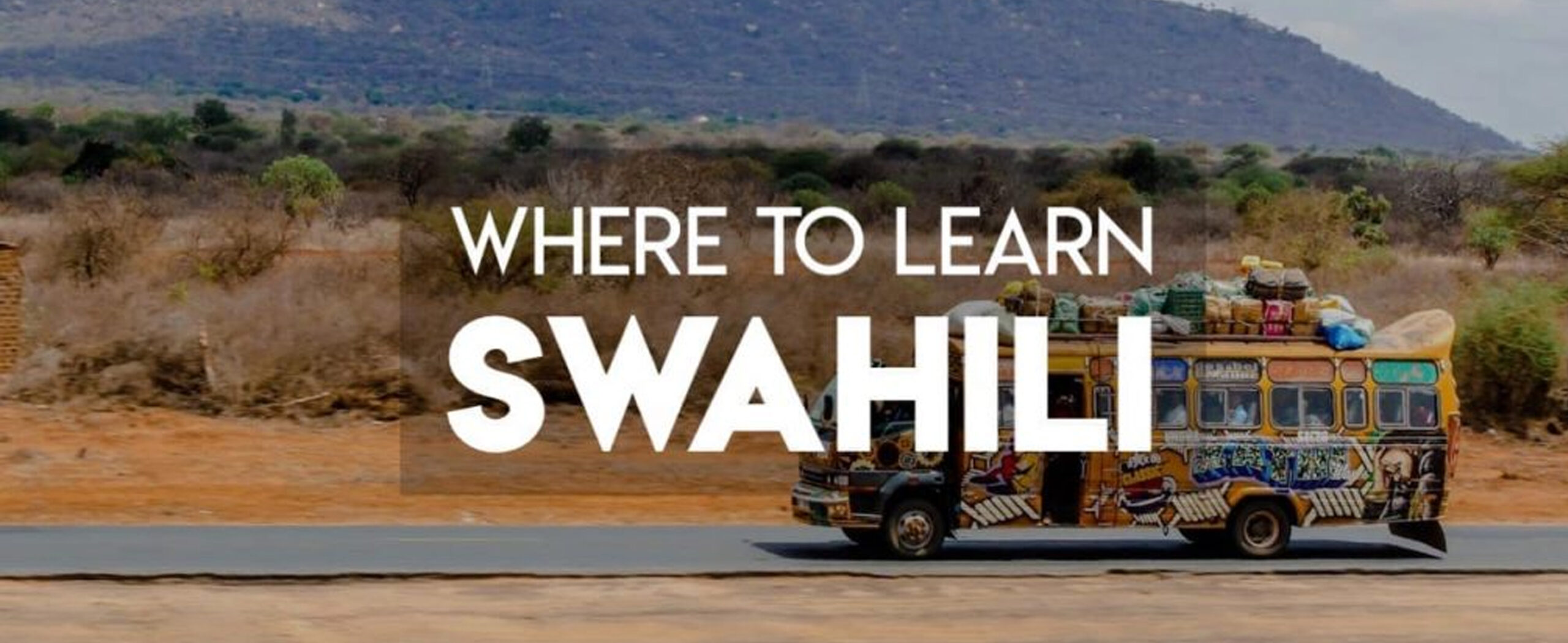
Swahili language, also called kiSwahili, or Kiswahili, Bantu language spoken either as a mother tongue or as a fluent second language on the east coast of Africa in an area extending from Lamu Island, Kenya, in the north to the southern border of Tanzania in the south. (The Bantu languages form a subgroup of the Benue-Congo branch of the Niger-Congo language family.)
People who speak Swahili as their sole mother tongue are usually referred to as Waswahili, but this name refers to their language only and does not denote any particular ethnic or tribal unit. Swahili is widely used as a lingua franca in: (1) Tanzania, where it is the language of administration and primary education; (2) Kenya, where it is, after English, the main language for these purposes; (3) Congo (Kinshasa), where a form of Swahili is one of the four languages of administration, the main language for this purpose being French; and (4) Uganda, where the main language is again English.
has been greatly influenced by Arabic; there are an enormous number of Arabic loanwords in the language, including the word swahili, from Arabic saw??il? (a plural adjectival form of an Arabic word meaning “of the coast”). The language dates from the contacts of Arabian traders with the inhabitants of the east coast of Africa over many centuries. Under Arab influence, Swahili originated as a lingua franca used by several closely related Bantu-speaking tribal groups. In the early 19th century, the spread of Swahili inland received a great impetus from its being the language of the Arab ivory and slave caravans, which penetrated as far north as Uganda and as far west as Congo. Swahili was later adopted by European colonialists, especially the Germans, who used it extensively as the language of administration in Tanganyika, thus laying the foundation for its adoption as a national language of independent Tanzania. In Kenya and Uganda, other local languages also received official encouragement during the colonial period, but the tendency in these countries is now to emphasize the use of Swahili. The oldest preserved Swahili literature, which dates from the early 18th century, is written in the Arabic script, though the language is now written in the Roman alphabet.
There are about 15 main Swahili dialects, as well as several pidgin forms in use. The three most important dialects are kiUnguja (or Kiunguja), spoken on Zanzibar and in the mainland areas of Tanzania; kiMvita (or Kimvita), spoken in Mombasa and other areas of Kenya; and kiAmu (or Kiamu), spoken on the island of Lamu and adjoining parts of the coast. Standard Swahili is based on the kiUnguja dialect.




